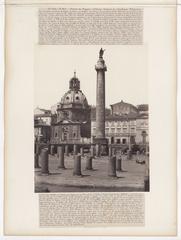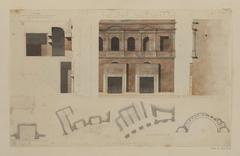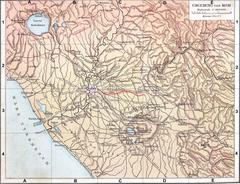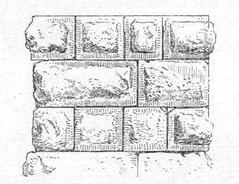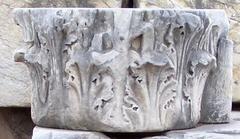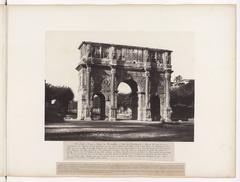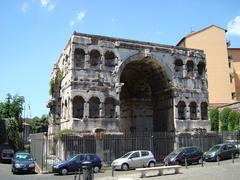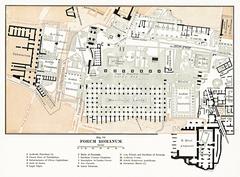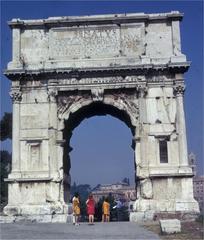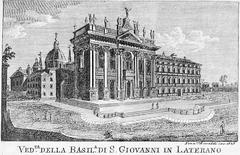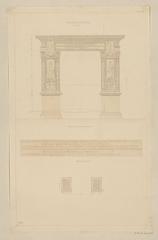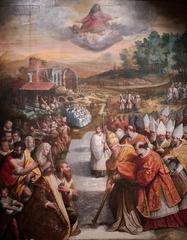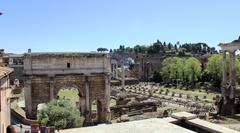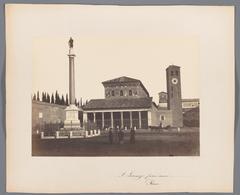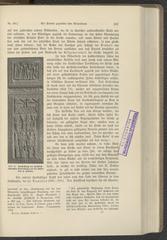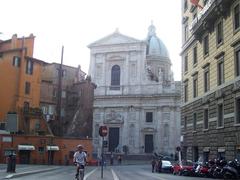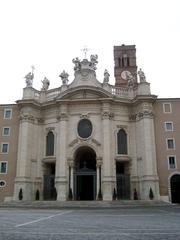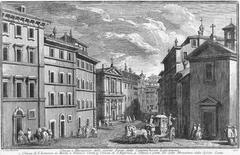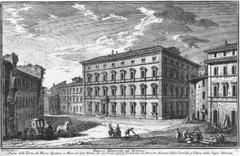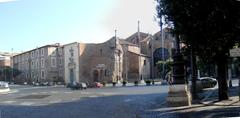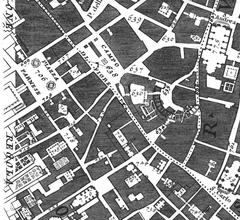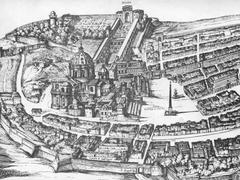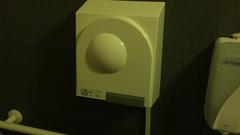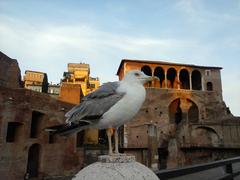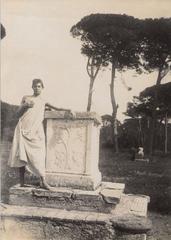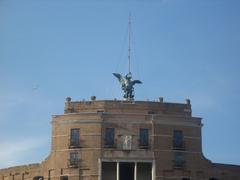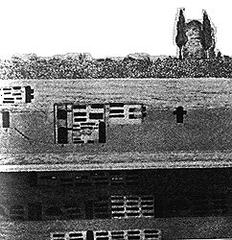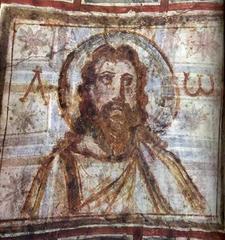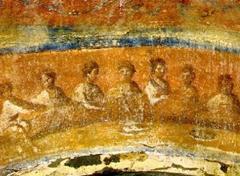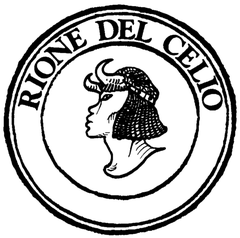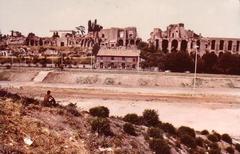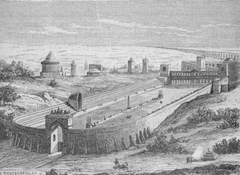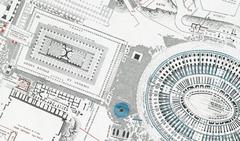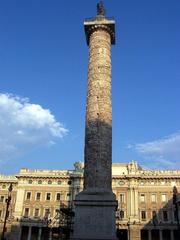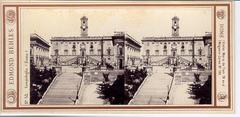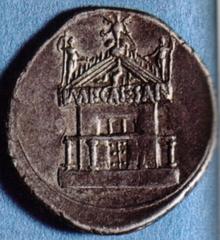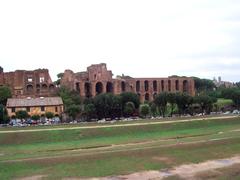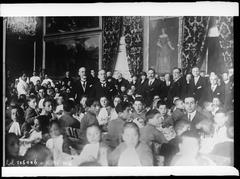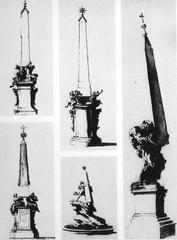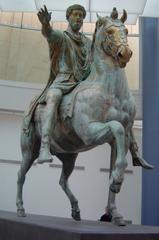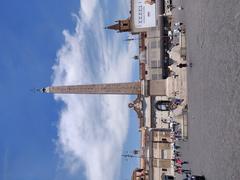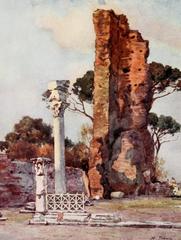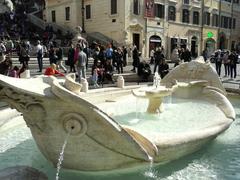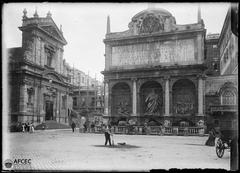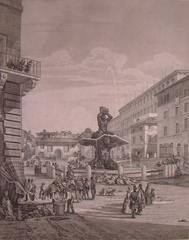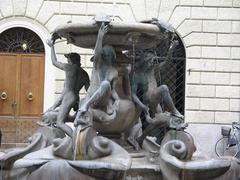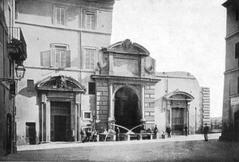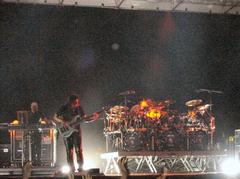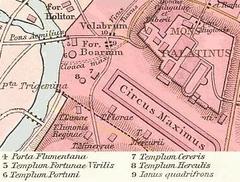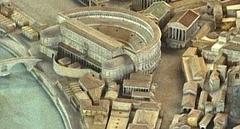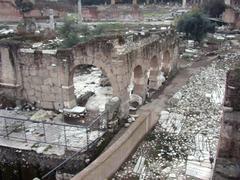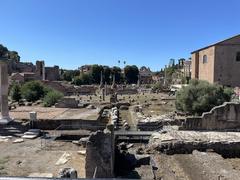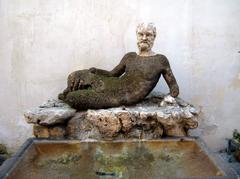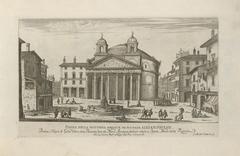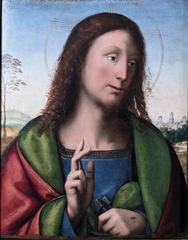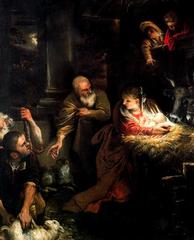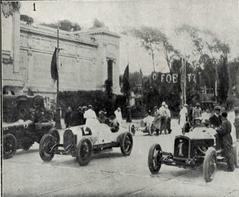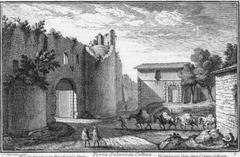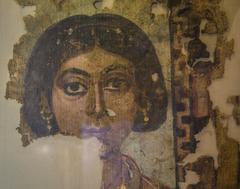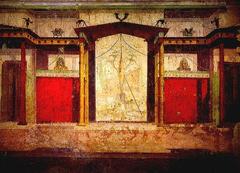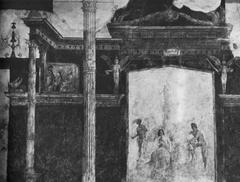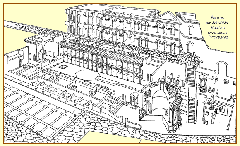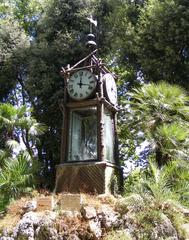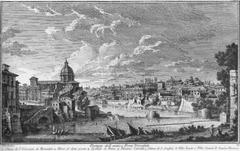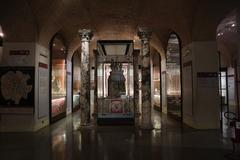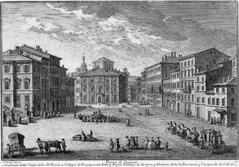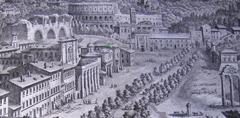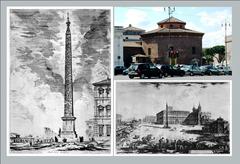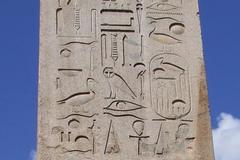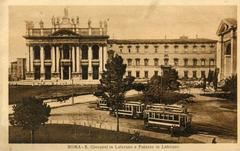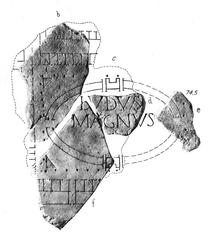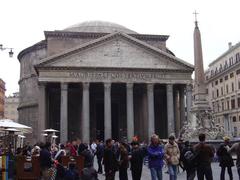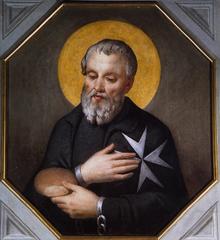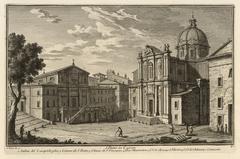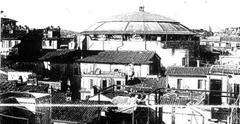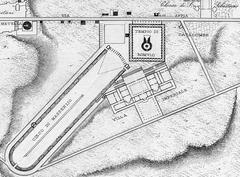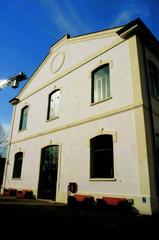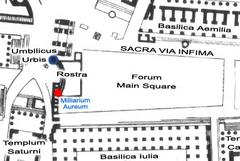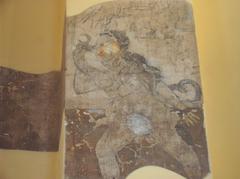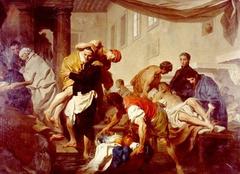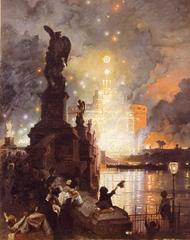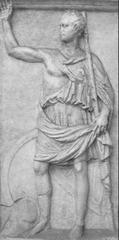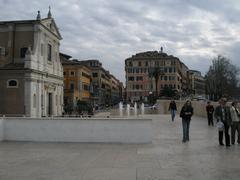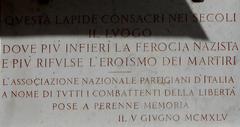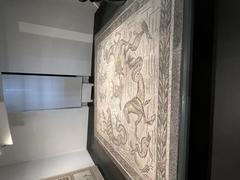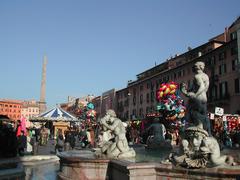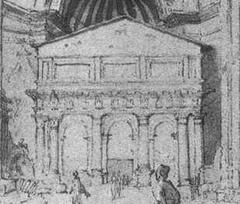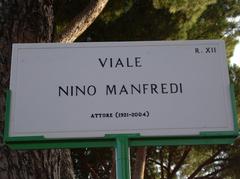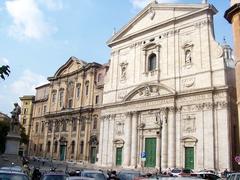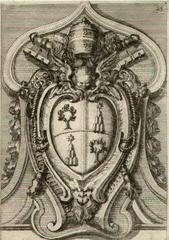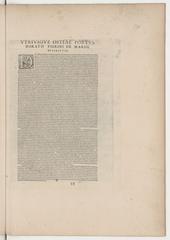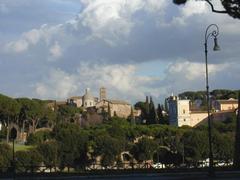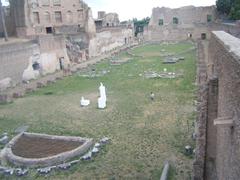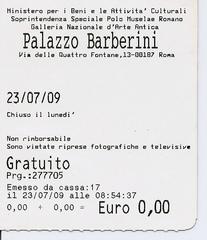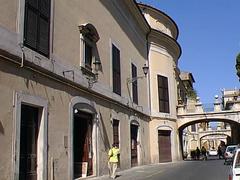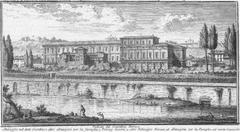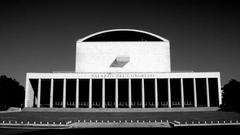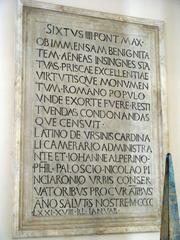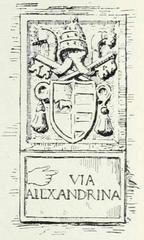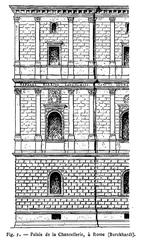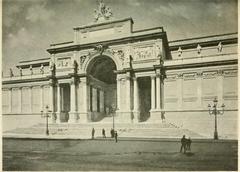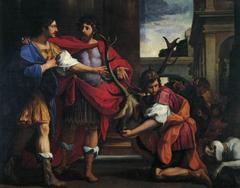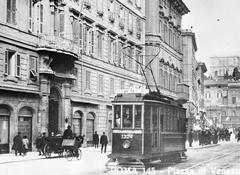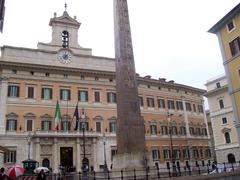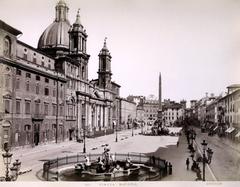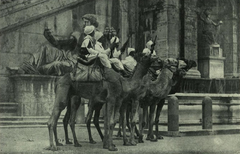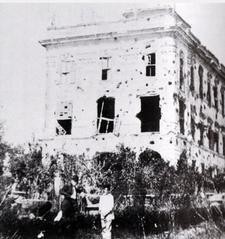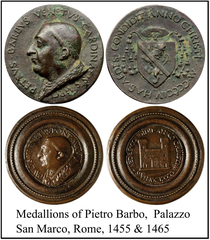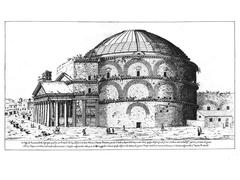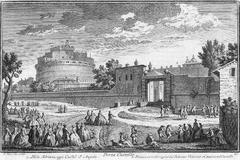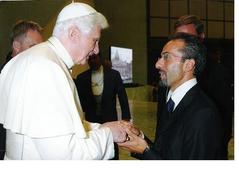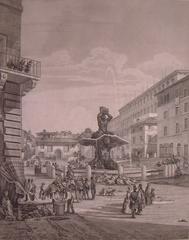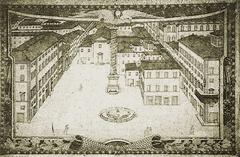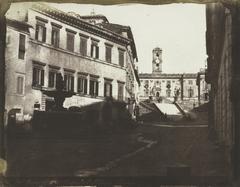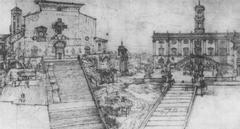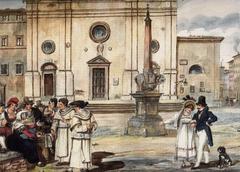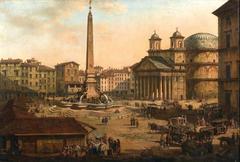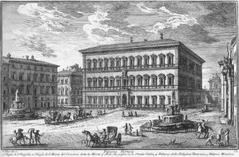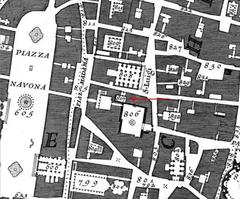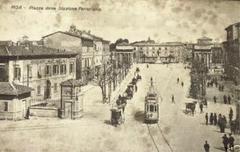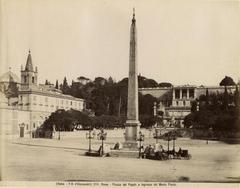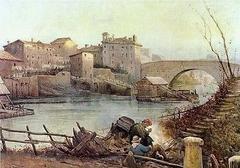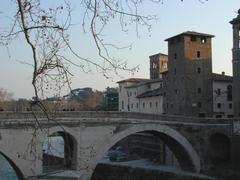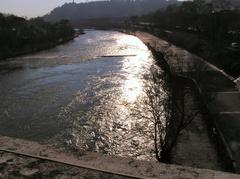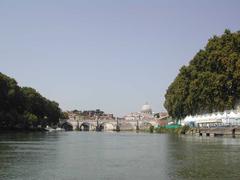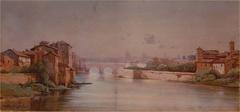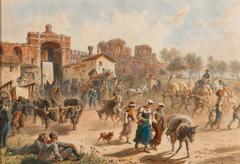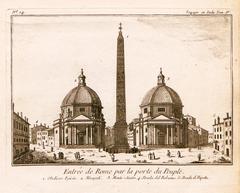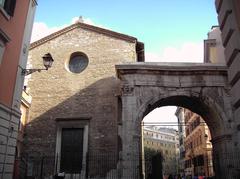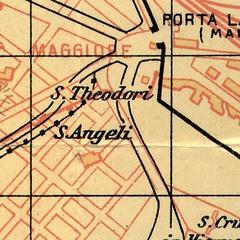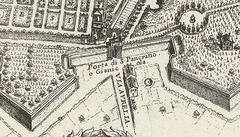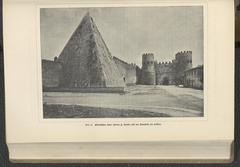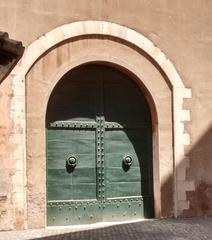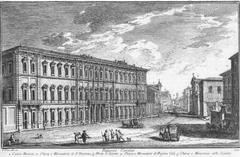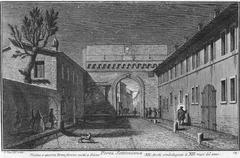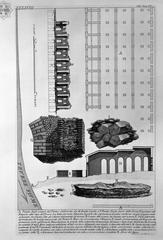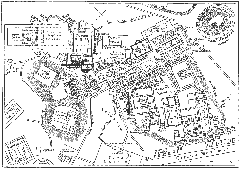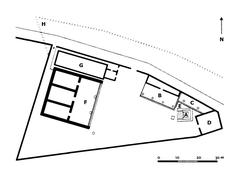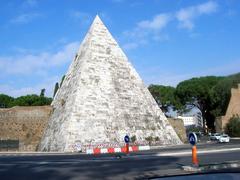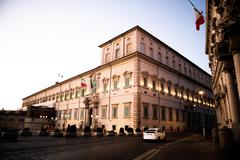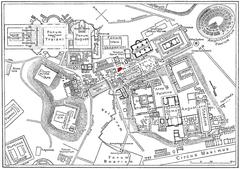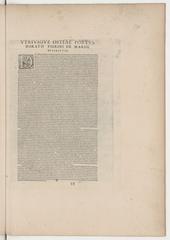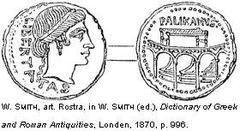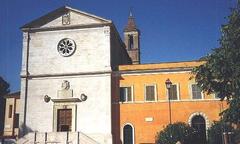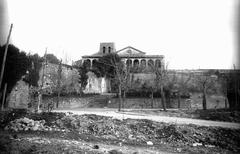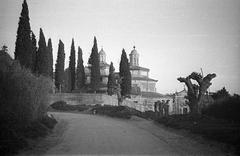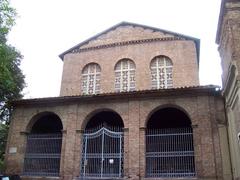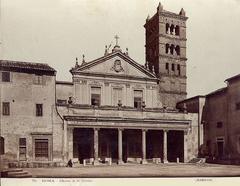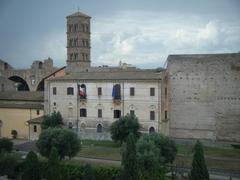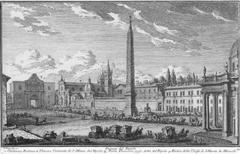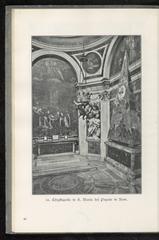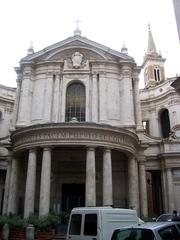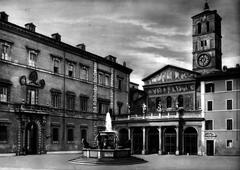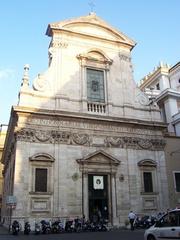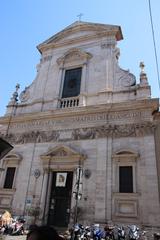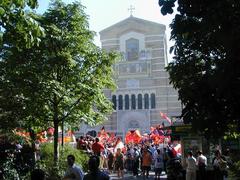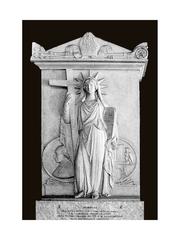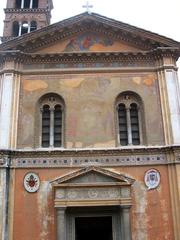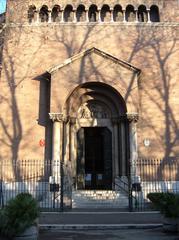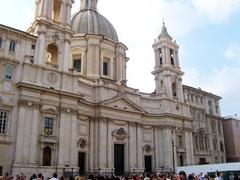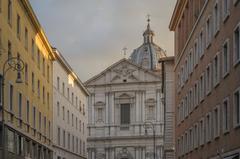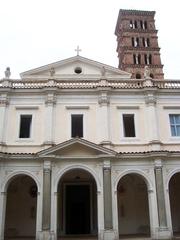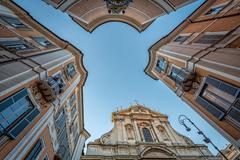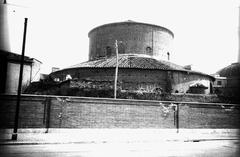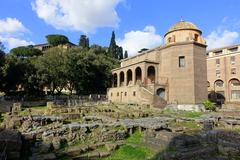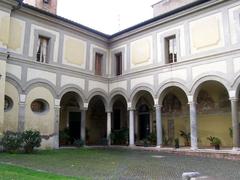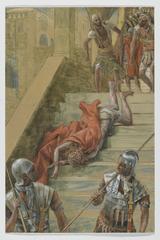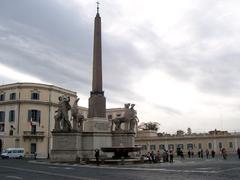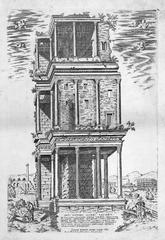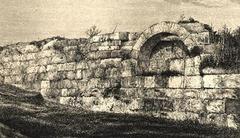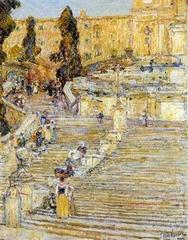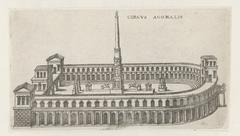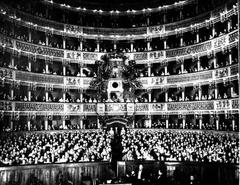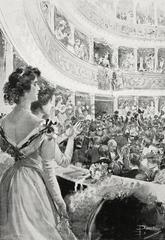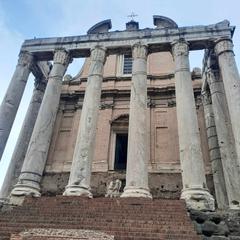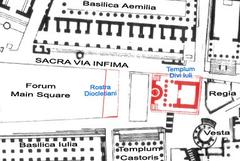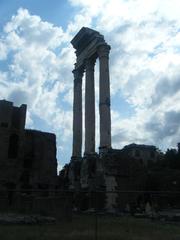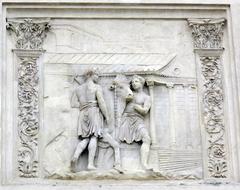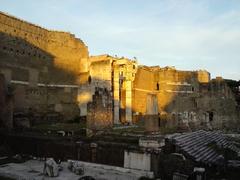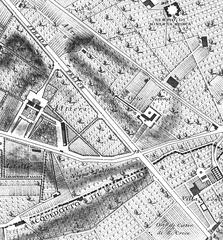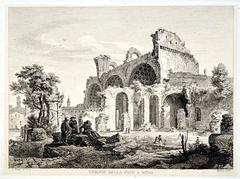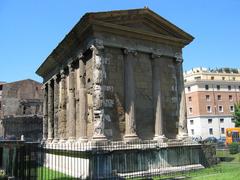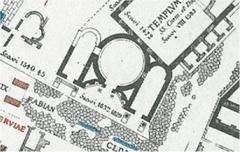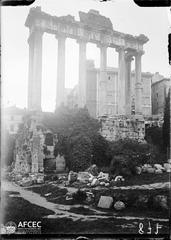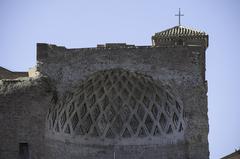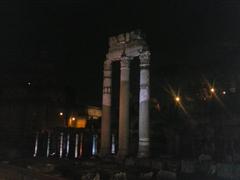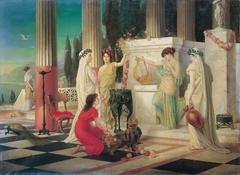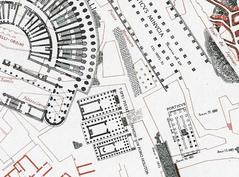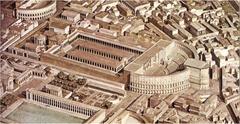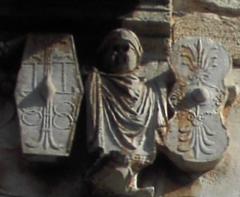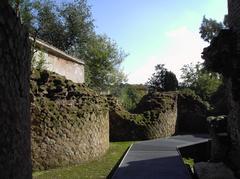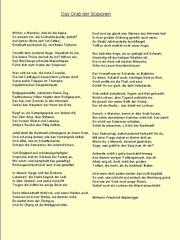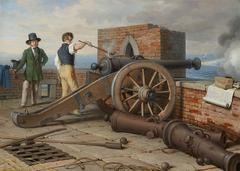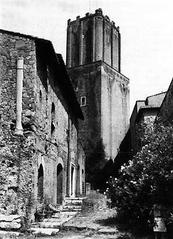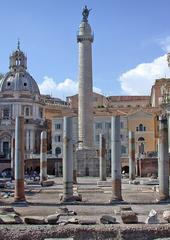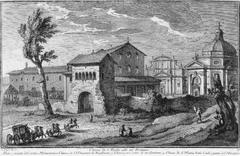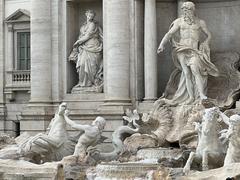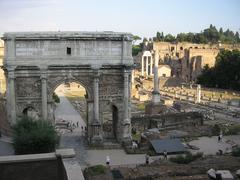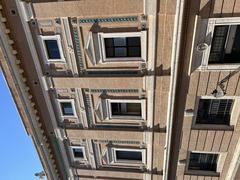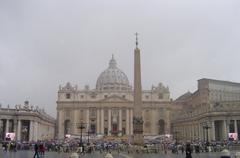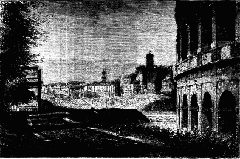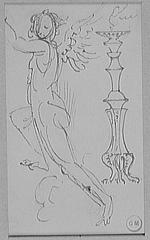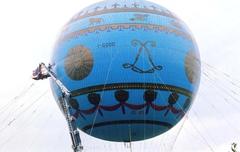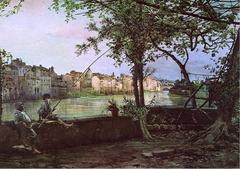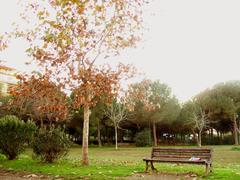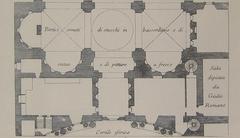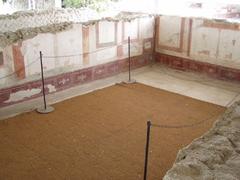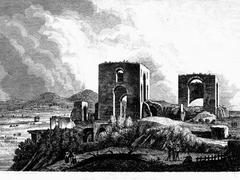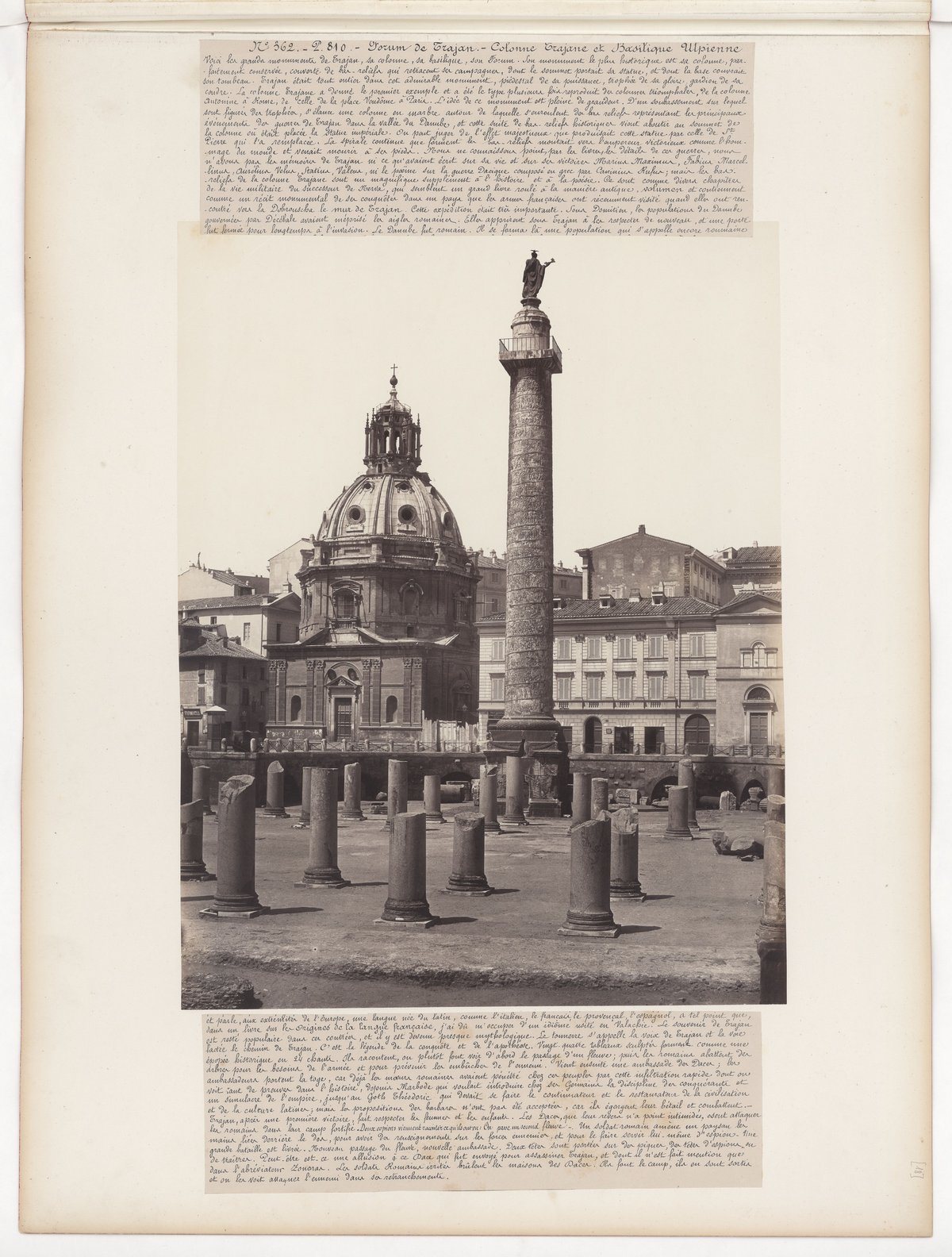
Visiting Foro di Traiano: History, Tickets, and Tips
Date: 18/07/2024
Introduction
Nestled in the heart of Rome, the Foro di Traiano, or Trajan’s Forum, stands as a monumental testament to the grandeur and prowess of the Roman Empire. Commissioned by Emperor Trajan and constructed between 107 and 113 AD, this historical site is not only a marvel of ancient engineering but also a hub of cultural, economic, and social activity (Rome.net). Designed by the renowned architect Apollodorus of Damascus, the forum was inaugurated in 112 AD, marking the culmination of Trajan’s successful military campaigns, particularly the Dacian Wars. This comprehensive guide delves into the rich history, architectural layout, and visitor information for those eager to explore this iconic symbol of Rome’s imperial legacy.
The Foro di Traiano was the last and largest of the Imperial Fora, covering an area of approximately 300 by 185 meters. Its construction was financed by the spoils of the Dacian Wars, reflecting its historical importance as a symbol of Roman military success and imperial authority (Ancient.eu). The forum’s grand architectural layout, which includes a basilica, libraries, a temple, and the iconic Trajan’s Column, showcases the engineering prowess and urban planning skills of ancient Rome.
Today, the Foro di Traiano is a UNESCO World Heritage site and a major tourist attraction, drawing visitors from around the world to marvel at its ruins and learn about its historical significance. This guide provides detailed information on visiting hours, ticket prices, travel tips, and more to help you make the most of your visit to this remarkable site.
Table of Contents
- Introduction
- Construction and Inauguration
- Architectural Layout
- Trajan’s Column
- Libraries and Temple
- Economic and Social Significance
- Decline and Rediscovery
- Modern-Day Significance
- Visitor Information
- Special Events and Tours
- Photographic Spots
- Conclusion
Construction and Inauguration
The Foro di Traiano is one of the most significant architectural achievements of ancient Rome. Commissioned by Emperor Trajan, the forum was constructed between 107 and 113 AD. The project was overseen by the renowned architect Apollodorus of Damascus, who was also responsible for other monumental works such as the Trajan’s Column and the Bridge over the Danube. The forum was inaugurated in 112 AD, marking the culmination of Trajan’s successful military campaigns, particularly the Dacian Wars.
Architectural Layout
The Foro di Traiano was the largest and most elaborate of the Imperial Fora. It covered an area of approximately 300 by 185 meters. The forum was designed to be a grandiose public space, featuring a basilica, libraries, a temple, and the iconic Trajan’s Column. The central area was a large open plaza, flanked by colonnades and statues of notable Roman figures. The Basilica Ulpia, named after Trajan’s family name, was the largest basilica in Rome at the time and served as a venue for legal proceedings and other public events.
Trajan’s Column
One of the most remarkable features of the forum is Trajan’s Column, a 30-meter tall monument that commemorates Trajan’s victory in the Dacian Wars. The column is adorned with a spiral relief that narrates the story of the campaigns, depicting over 2,500 figures in intricate detail. The column originally supported a statue of Trajan, which was later replaced by a statue of St. Peter in the 16th century. The column remains a vital source of historical information, providing insights into Roman military practices and daily life during Trajan’s reign.
Libraries and Temple
The forum also housed two libraries, one Greek and one Latin, which were situated on either side of Trajan’s Column. These libraries were repositories of knowledge and served as centers for scholarly activities. Adjacent to the libraries was the Temple of Trajan, dedicated to the deified emperor and his wife, Plotina. The temple was constructed after Trajan’s death and served as a place of worship and remembrance.
Economic and Social Significance
The Foro di Traiano was not just a political and military monument; it also played a crucial role in the economic and social life of Rome. The forum was a bustling hub of activity, where merchants, artisans, and citizens gathered for trade, legal matters, and social interactions. The Markets of Trajan, an adjacent complex of multi-level commercial spaces, further underscored the forum’s economic importance. These markets are considered one of the world’s earliest examples of a shopping mall, featuring over 150 shops and offices.
Decline and Rediscovery
The decline of the Roman Empire in the 5th century AD led to the gradual deterioration of the Foro di Traiano. Over the centuries, the forum was subjected to looting, natural disasters, and repurposing of its materials for other constructions. By the Middle Ages, much of the forum was buried under debris and forgotten. It wasn’t until the Renaissance that interest in ancient Roman architecture led to the rediscovery and excavation of the forum. Systematic archaeological excavations began in the 19th century and continue to this day, revealing new insights into the forum’s original grandeur and significance.
Modern-Day Significance
Today, the Foro di Traiano stands as a testament to the architectural and engineering prowess of ancient Rome. It is a UNESCO World Heritage site and a major tourist attraction, drawing visitors from around the world. The forum’s ruins offer a glimpse into the past, allowing modern-day visitors to appreciate the scale and sophistication of Roman urban planning. Efforts to preserve and restore the site are ongoing, ensuring that future generations can continue to marvel at this iconic symbol of Rome’s imperial legacy.
Visitor Information
To make the most of your visit to Foro di Traiano, here are some practical details:
- Visiting Hours: The forum is open daily from 9 AM to 7 PM. Last entry is at 6:30 PM.
- Tickets: General admission tickets are €12 for adults, €6 for EU citizens aged 18-25, and free for children under 18 and seniors over 65. Combo tickets that include other nearby attractions are also available.
- Travel Tips: Wear comfortable shoes as the terrain can be uneven. Guided tours are available and highly recommended for a comprehensive understanding of the site’s history and significance.
- Accessibility: The site is partially accessible to visitors with limited mobility, with some areas featuring ramps and accessible pathways.
- Nearby Attractions: The Roman Forum, Colosseum, and Palatine Hill are all within walking distance and make for a fantastic day of exploring ancient Rome.
Special Events and Tours
The Foro di Traiano often hosts special events and guided tours that offer deeper insights into its history and significance. Check the official website of the Roman Forum for the latest updates on events and guided tour schedules.
Photographic Spots
The forum offers numerous photographic opportunities. Trajan’s Column, the Basilica Ulpia, and the open plaza are some of the most iconic spots. Early morning or late afternoon light provides the best conditions for photography.
Conclusion
The Foro di Traiano is more than just an ancient monument; it is a living testament to Rome’s imperial legacy. Whether you are a history buff, an architecture enthusiast, or a casual traveler, a visit to this iconic site offers a unique glimpse into the grandeur of ancient Rome. Plan your visit today and immerse yourself in the rich history and cultural heritage that the Foro di Traiano has to offer.
For more detailed information on the history and significance of the Foro di Traiano, you can visit the official website of the Roman Forum.
